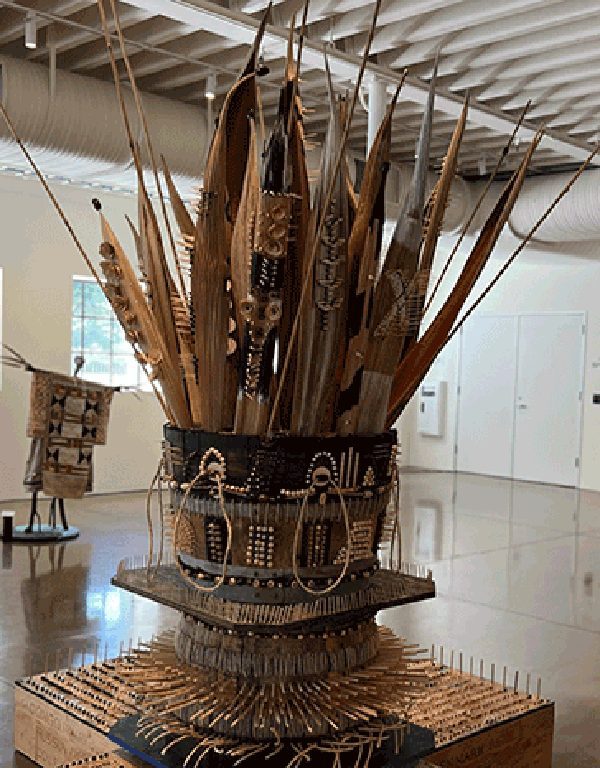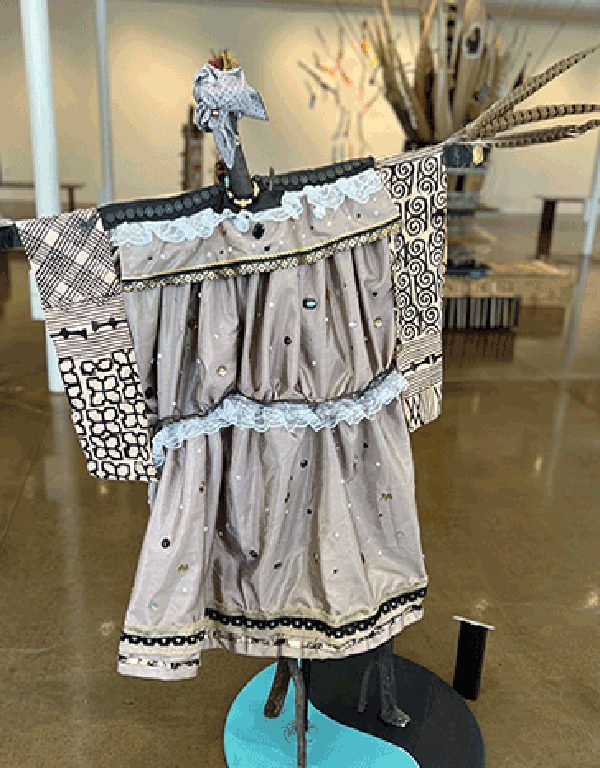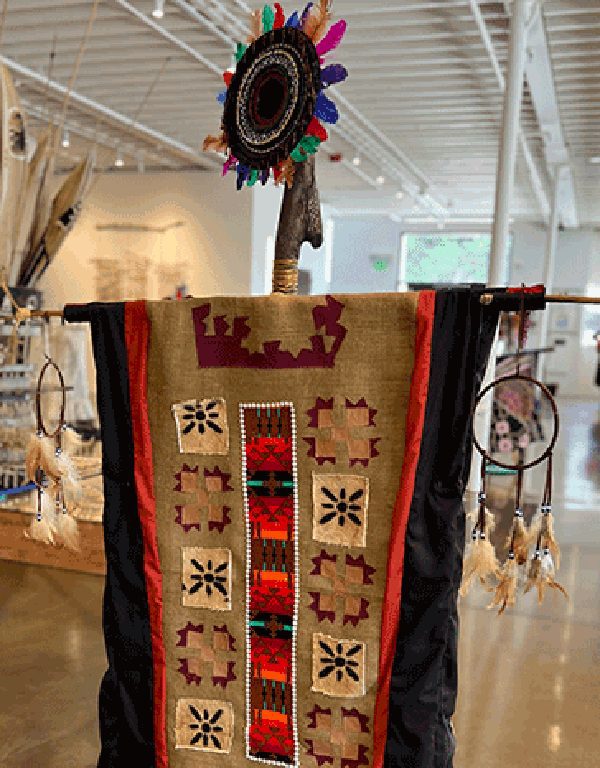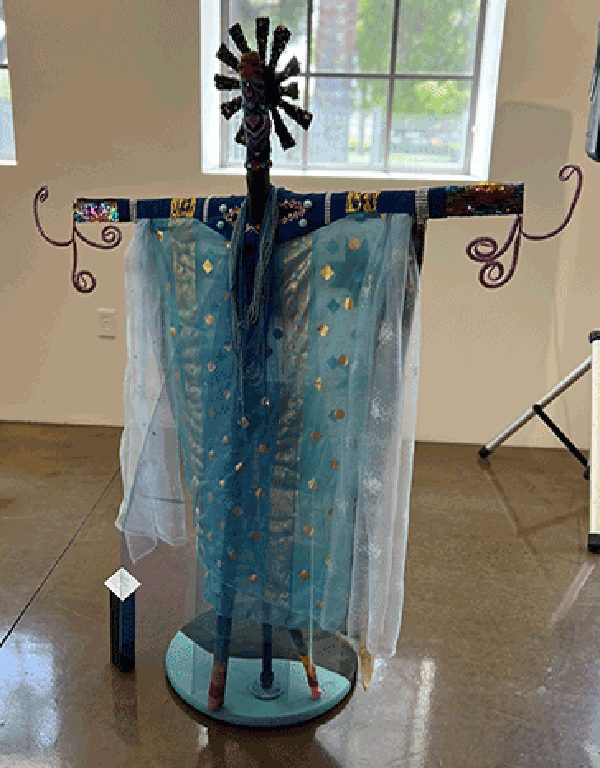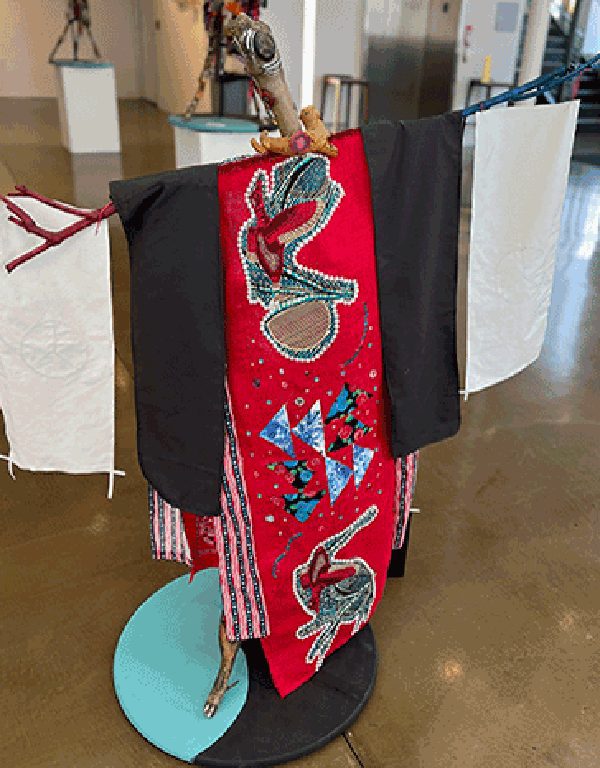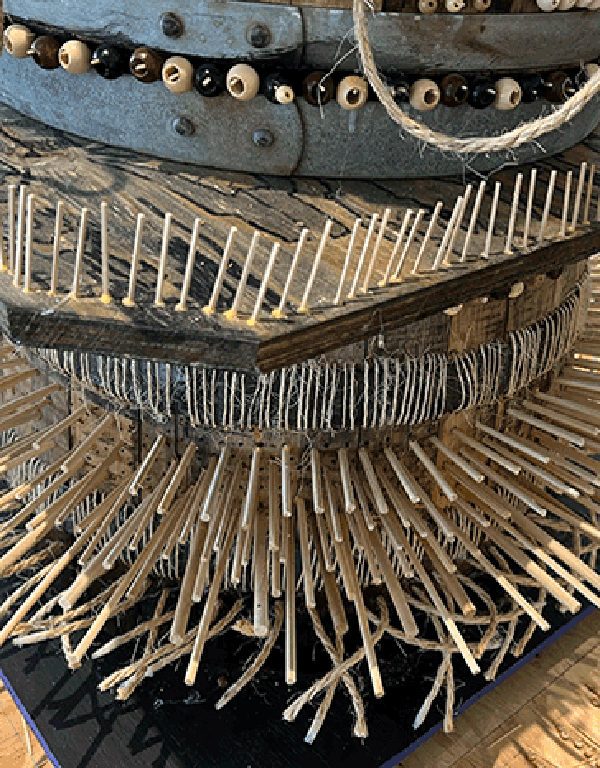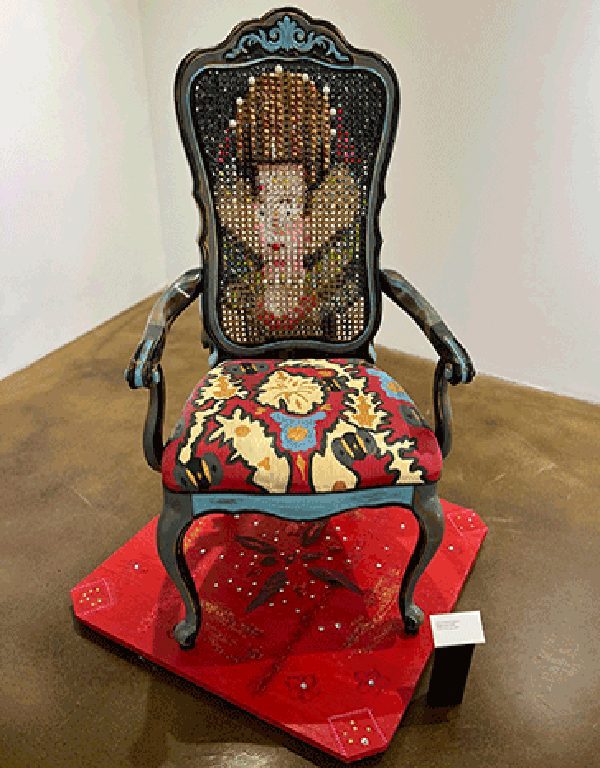Stolen Identities: River Routes to Freedom
About the Exhibition
Stolen Identities: River Routes to Freedom is an exhibit of 3-dimensional, mixed media figures which tell the story of how some enslaved Africans in the American south were able to escape to freedom. Although the Underground Railroad is usually thought of a travel through dangerous, thickly wooded land and movement from one safe-house to another, few appreciate the great significance of using various waterways for greater speed and to prevent being detected by bounty hunters. The exhibit reveals the elaborate network of rivers, streams and lakes that were used to flee from the cruelties of slavery. In the African cosmology, river and tree spirits are important protectors, providers, benefactors. So, it was to be expected that the enslaved African would call upon these spirits to help them along their way.
The figures created for this are conceived as water spirits (“espiritu”) who carry with them the wisdom of the ages and the messages that were communicated among the enslaved population to inform of plans to escape. These messages frequently took the form of quilts, which, when hung on a clothesline, could be seen from a significant distance, thereby reaching as broad an audience as possible without individuals having to meet face to face, which they were forbidden from doing. The lexicon of symbols used on the quilts covered a wide range of topics, like how to dress, direction to flee, time to depart, and mode of transportation.
The center of each espiritu is a tree branch, each with its own head, shape and character. Each, the, is draped in highly decorative, quilt-like clothing, carrying the various coded messages the freedom-seekers depended upon the communicated each other. Although affixed a solid foundation, reflecting the combination of land water necessary for the and for life itself, the figures are very delicate and fragile, like the plans for the escapes themselves. Given the context of slavery, and the system of rewards and punishments in that system, many planned escapes and insurrections were thwarted by a breach in secrecy among the enslaved. Like the sometimes-elaborate schemes required to free even a small group of enslaved persons, the espiritu have elaborate headdresses, sparkly necklaces, and/or glittery costumery. Yet, in some cases the espiritu are dresses in common burlap cloth, like the rough, scratchy clothing the enslaved were forced to wear.
Artist, Deborah McDuff Williams, has integrated her extensive knowledge of the African American experience with her master of found art and mixed media to tell a much-needed story about the strategic intelligence needed to plan the escapes from slavery under the most restrictive environments imaginable. Her penchant for social commentary art and desire to make art education come together with artistic elegance to create a truly impactful body of work.
Highlights
